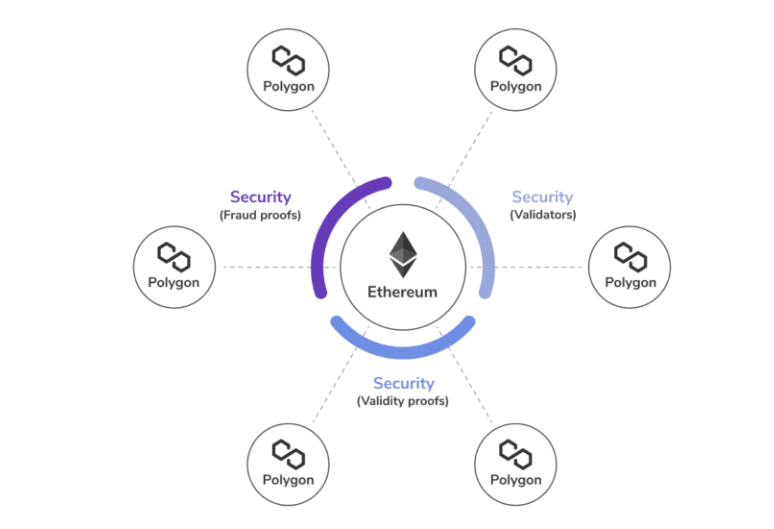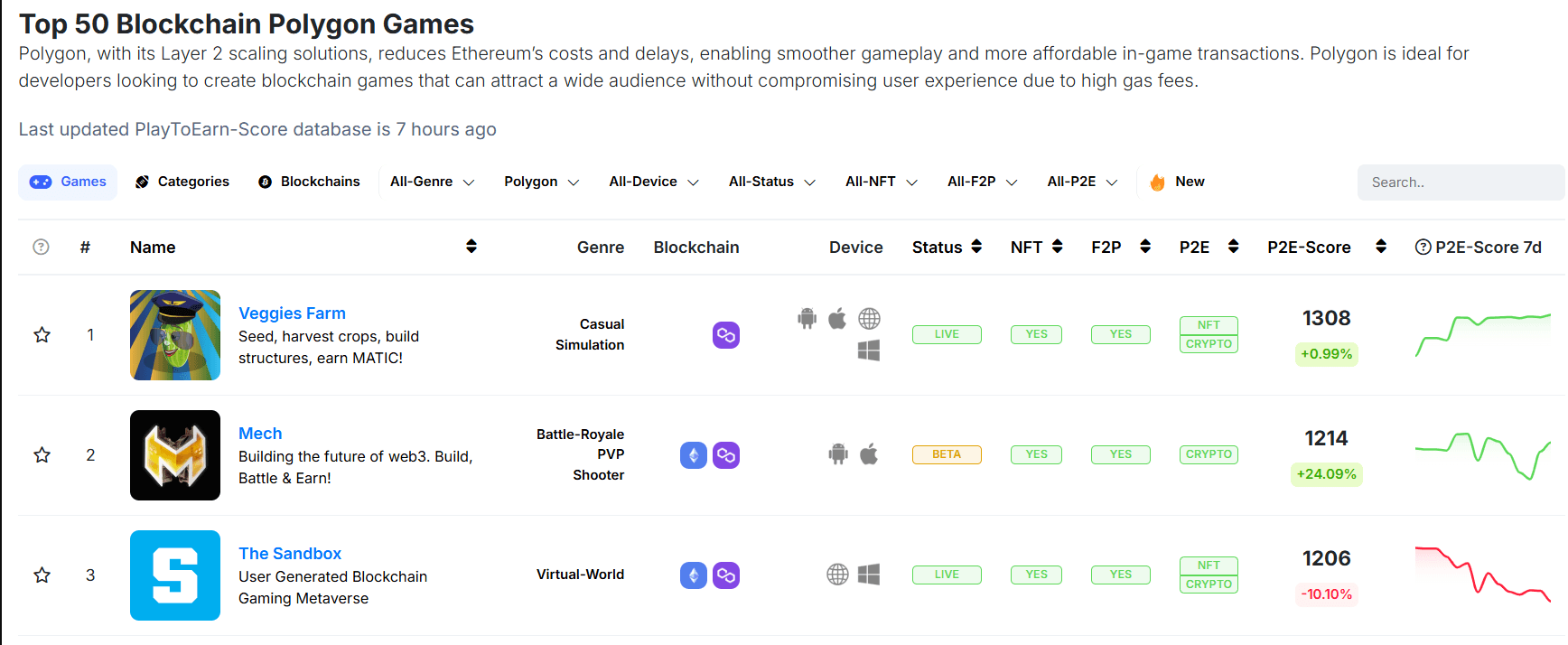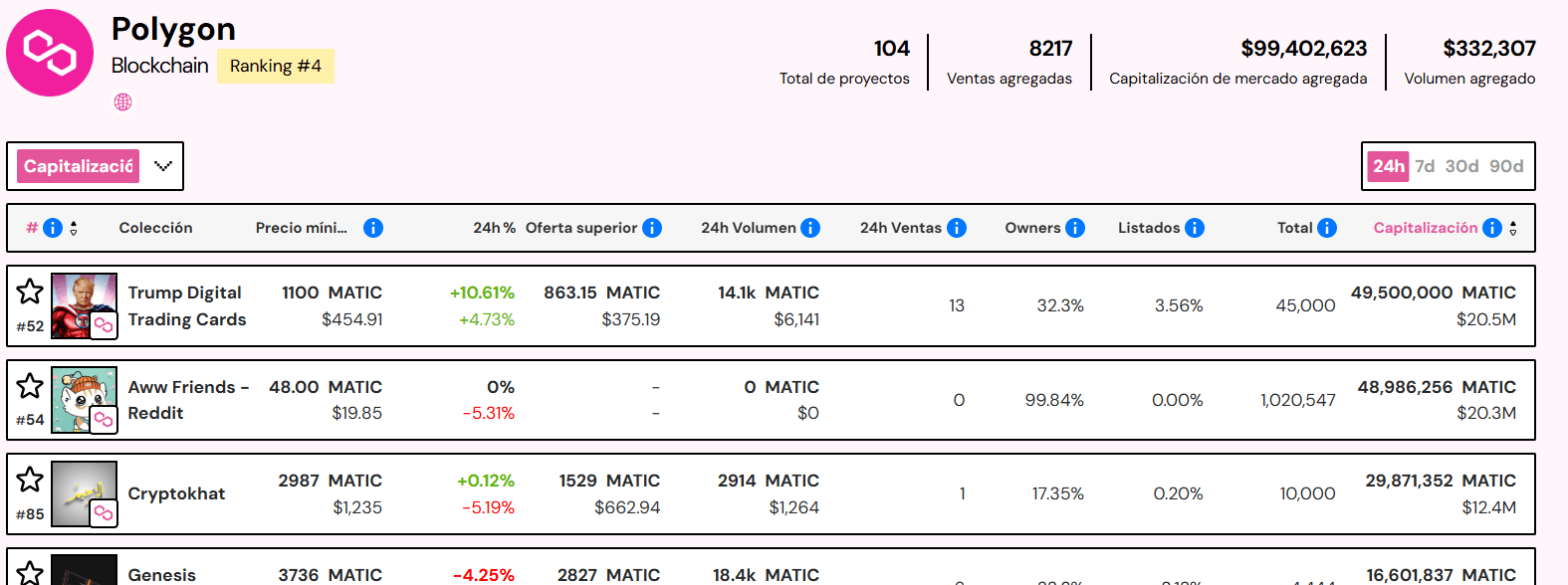Have you ever wondered how faster and cheaper transactions can be made in the world of cryptocurrencies? This is where Polygon comes into play, an innovative solution in the blockchain space. In this guide, we will explore what Polygon is, how it works, and why it is relevant for beginners like you. By the end of this article, you will have a clear understanding of Polygon and its native token, MATIC.
What is Polygon?
Polygon, formerly known as Matic Network, is a platform designed to scale and enhance the functionality of blockchains. It was created to address some of the biggest issues with the Ethereum blockchain, such as high transaction fees and network congestion. The main idea behind Polygon is to make transactions faster, cheaper, and more accessible for everyone.
The Need for Polygon
As more people started using Ethereum, the network became slower and more expensive. This led many developers to seek solutions to facilitate the creation of decentralized applications (dApps) without facing these limitations. Polygon emerges as a response to this need, providing a scalable and efficient environment.
How Does Polygon Work?
Structure of Polygon
Polygon consists of several layers that allow different types of scaling solutions. These layers can include:
- Sidechains: These are independent blockchains that run parallel to Ethereum, allowing for faster transactions.
- Plasma Chains: These enable dApps to handle multiple transactions without congesting the main Ethereum network.
- ZK-Rollups: This technology bundles many transactions into one, reducing costs and increasing speed.

The Role of MATIC
MATIC is the native token of Polygon and has several uses within the platform. It can be used to pay transaction fees, participate in network governance, and serve as an incentive for validators.

Applications of Polygon
One of the biggest advantages of Polygon is its ability to support decentralized applications efficiently. Here are some popular applications built on Polygon:
1. Online Games
Online games are adopting Polygon to offer fast and affordable transactions. This allows players to buy, sell, and trade in-game assets without worrying about high fees.

2. Decentralized Finance (DeFi)
Polygon has seen significant growth in the DeFi sector, where people can lend, borrow, and trade cryptocurrencies. Thanks to its low fees, users can maximize their earnings without losing much to transaction costs.

3. NFTs (Non-Fungible Tokens)
Polygon has also become a popular place to create and trade NFTs. Being more accessible allows artists and collectors to interact in a friendlier environment.

Advantages of Using Polygon
Scalability
One of the main advantages of Polygon is its scalability. By utilizing multiple scaling solutions, it can handle a large volume of transactions without compromising speed or cost.
Low Costs
Transaction fees on Polygon are significantly lower than those on Ethereum. This makes it more accessible for new users and developers.
Interoperability
Polygon allows interoperability between different blockchains. This means that applications can communicate with each other, opening up a world of possibilities in the cryptocurrency ecosystem.
Challenges for Polygon
Despite its numerous advantages, Polygon also faces some challenges:
Competition
The competition in the scaling solutions space is fierce. Other platforms, such as Optimism and Arbitrum, are also looking to improve Ethereum's efficiency, which means Polygon must continue to innovate.
Adoption
Mass adoption is crucial for Polygon's success. Although it already has a good number of users and applications, it will need to continue growing to maintain its relevance.
How to Get Started with Polygon
If you're interested in exploring Polygon, here are some simple steps:
1. Set Up a Wallet
First, you'll need a wallet compatible with Polygon. Some popular options include MetaMask and Trust Wallet.
2. Acquire MATIC
You can buy MATIC on various exchanges like Binance or Coinbase. Once you have MATIC, you can transfer it to your wallet.
3. Connect to dApps
With your wallet set up and MATIC in it, you can start exploring dApps on Polygon. Simply visit a site like QuickSwap or Aave and connect your wallet.
Polygon is revolutionizing the blockchain space by offering a scalable and affordable solution for creating dApps. Its focus on accessibility and efficiency makes it an attractive option for both developers and beginner users.
